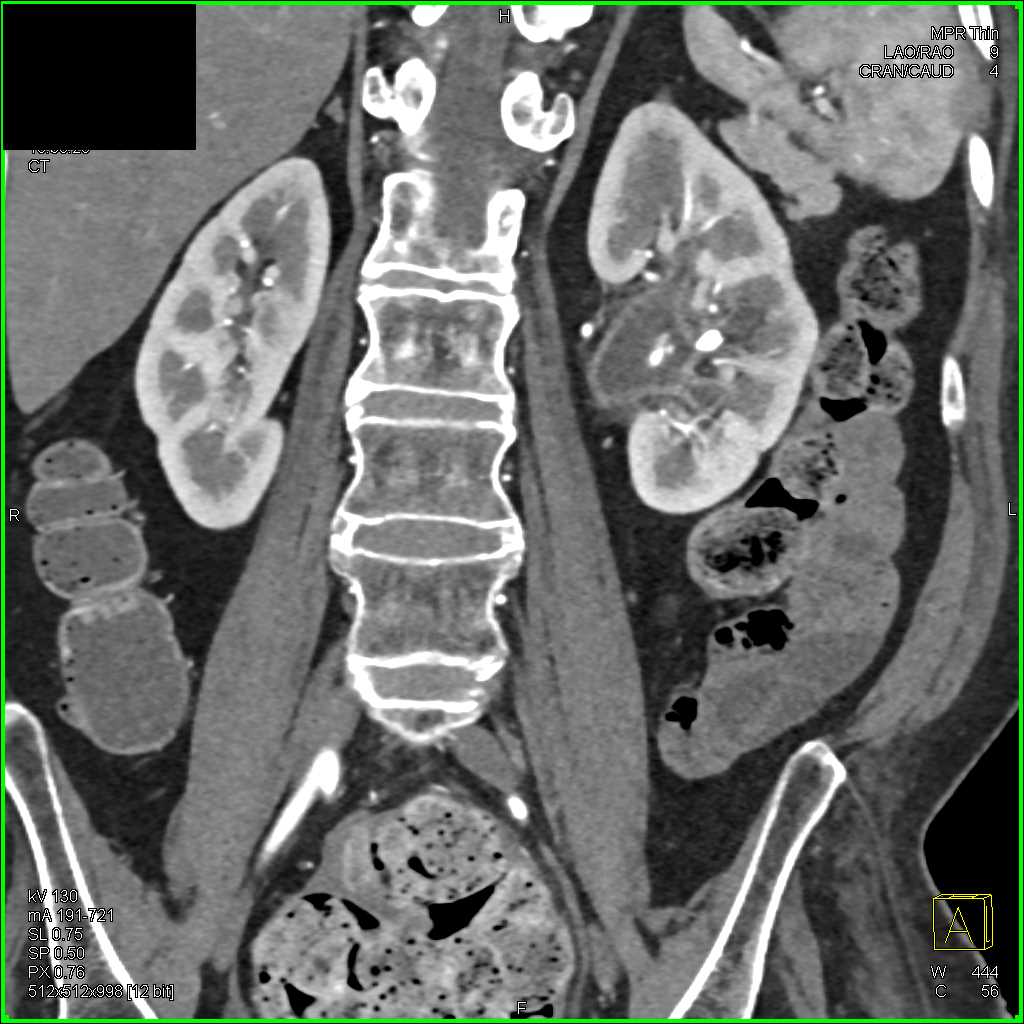

Occasionally such a stone will damage the kidney despite causing no symptoms. Some stones cause no pain, especially if in the kidney. Nausea – many people experience nausea, especially if the stone is on the right.įrequency and urgency to pass urine – this usually occurs as the stone passes into the bladder – the pain stops then. Radiation – that is where the pain is often also felt in the groin and genitalia (labia, penis, testes). Renal colic – a severe cramping pain felt in the loin (high back area). It tends to be very severe, in fact, most women who experience stone pain usually comment they would rather go through childbirth again rather than have another stone! The pain presents as: Pain is the classic symptom of urinary stones. Obstruction or poor throughput of urine pre-dispose to these types of stones. Recurrent UTIs can trigger stone formation, which in turn often makes the infections difficult to treat as bacteria become imbedded within the stones. Low urinary levels of the following pre-dispose to stone formation:Ĭitrate – can be dietary, but can also occur with inflammatory bowel disease, chronic diarrhea and malabsorption. Uric Acid – more common in people who suffer from gout, though can also result from certain chemotherapy regimes. Oxalate – some bowel conditions change absorption. post-trauma, spinal injury etc.) that can lead to bone “resorption”, that is calcium leaks from the bones. High urinary levels of the following pre-dispose to stone formation:Ĭalcium – high parathyroid levels, sarcoidosis, lack of physical activities (e.g.

They form in acidic urine and can be influenced by active alkalinisation of the urine. They are very hard stones, tend to be recurrent and difficult to treat. HereditaryĬystine stones tend to be familial. Inadequate consumption of fluid on a daily basis also predisposed to stone formation, as does inadequate intake of fruits – especially citrus varieties. meat (purines) salt calcium and oxalate are groups of food that promote stone formation. DietĬertain foods, especially in higher volumes pre-dispose to stone formation e.g. Thus, it is quite prevalent in first world, industrialised countries but also in third world countries where sufficient water may not be available or there is excessive fluid loss and dehydration.

High protein intake is associated with stone formation. There are a few specific conditions that are precursors for stone formation and a few theories. Individuals seem to have a propensity to form stones without a specific single causative factor being identified. In the vast majority of cases there is no specific reason why a urinary stone forms. Struvite stones – usually large stones that take the shape of the inner kidney (Staghorn Calculus). Types of stones include:Ĭalcium phosphate and magnesium phosphate. There are different types of kidney stones, but an individual tends to form the same type when they recur. 10% of all first time stone formers will get another episode within 1 year and 50% within 10 years. Kidney stones account for about 1 of every 100 hospital admissions. The lifetime risk of developing stones is about 1 in 10 for Australian men and 1 in 35 for women. The medical terminology for urinary stones is calculi (calculus is the singular) How common are they? They usually form in the kidney or bladder, but it is usually when they pass from the kidney into the ureter that they cause the main problems – severe pain (renal colic) and renal obstruction (the kidney is blocked). Urinary stones are one of man’s oldest known diseases – the ancient Egyptians recorded them in their writings.


 0 kommentar(er)
0 kommentar(er)
